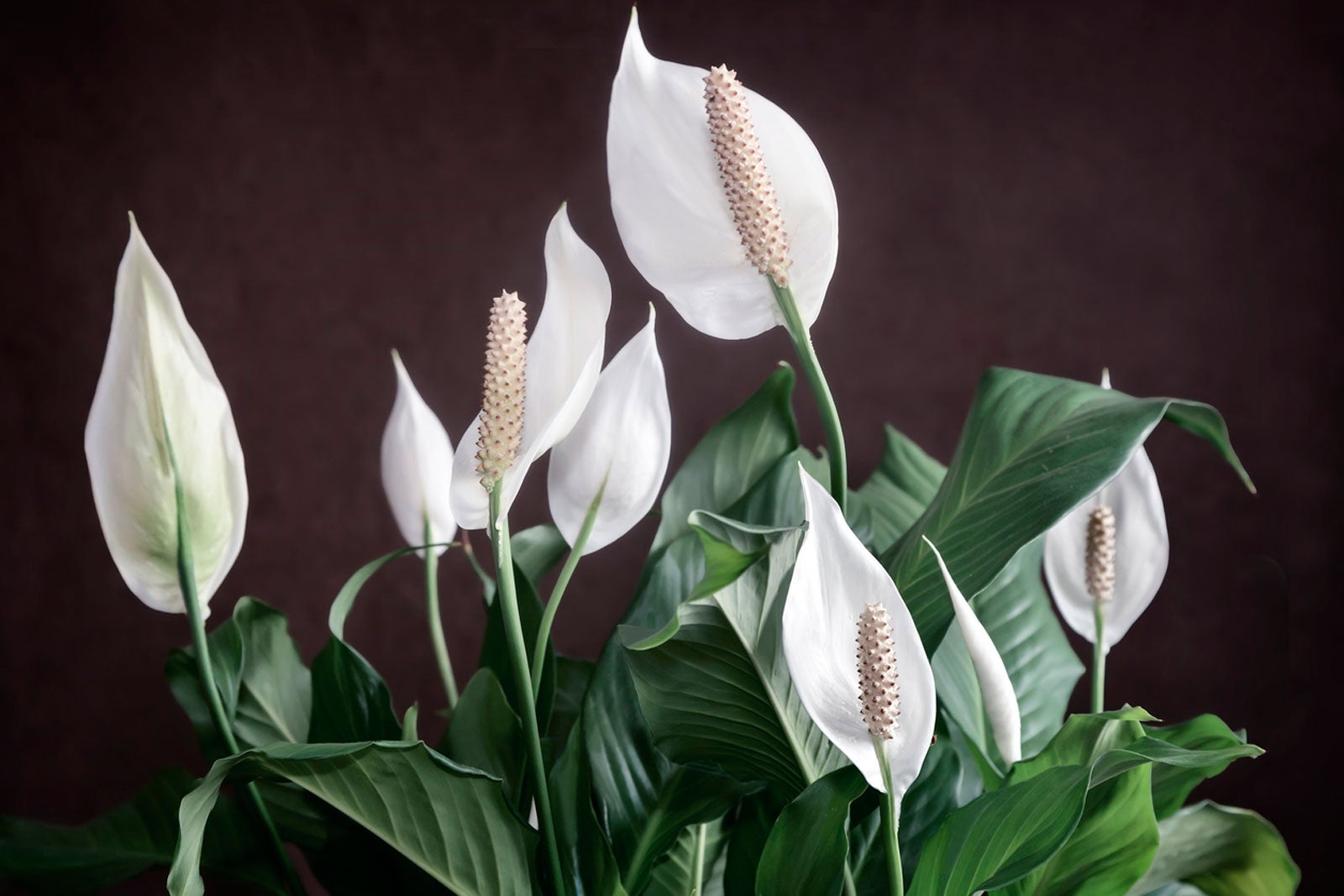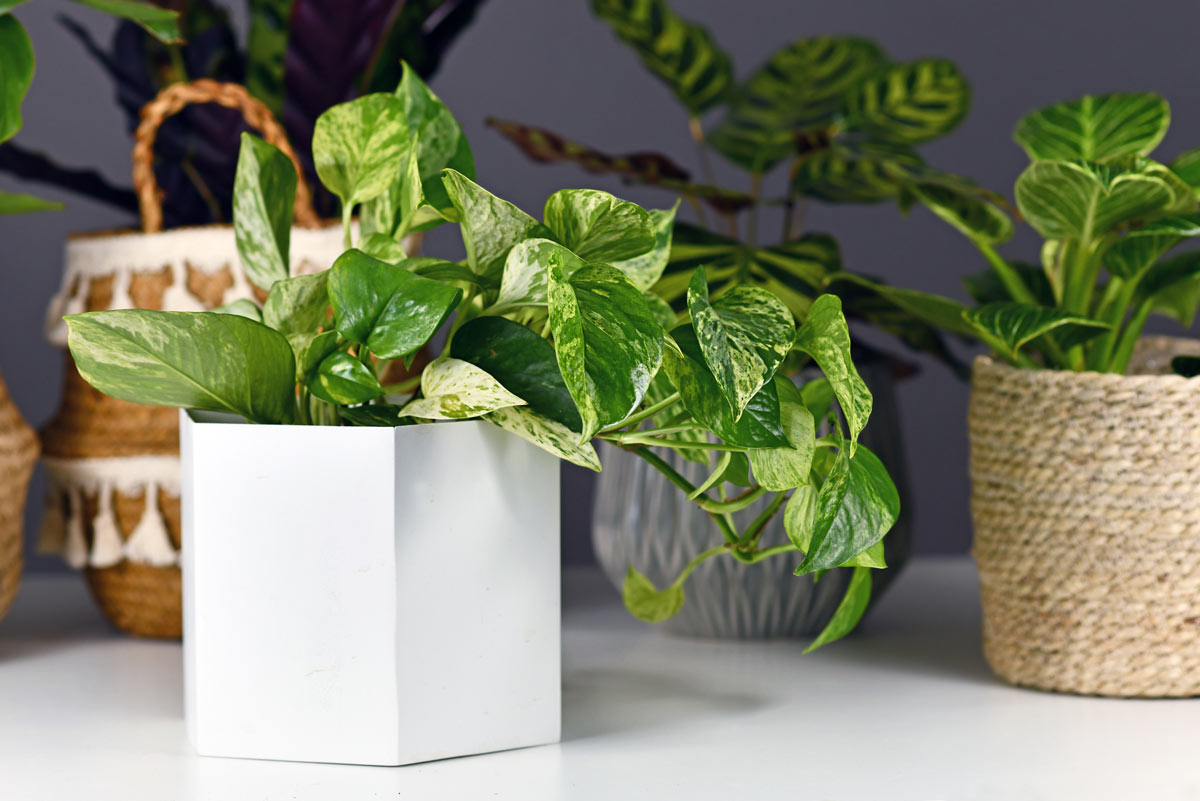Transform Your Home With Beautiful Low-Light Indoor Plants and Their Advantages
Including low-light interior plants right into your home can considerably enhance both the environmental and visual quality of your living spaces. These plants, which flourish in dim conditions, offer not only as ornamental components however additionally as all-natural air cleansers, making them optimal for city occupants or those with minimal sunshine direct exposure. As we explore the numerous kinds of low-light plants and their advantages, you may locate surprising means to incorporate them into your home that can change your surroundings in ways you may not have prepared for.
Benefits of Low-Light Plants
Low-light plants offer many advantages for interior settings, making them an exceptional option for both novice and experienced gardeners. Among the key advantages is their adaptability to low-light problems, permitting individuals to improve their living rooms without the demand for comprehensive sunshine direct exposure. This particular makes them suitable for apartments, offices, and other locations with limited all-natural light.

Additionally, including low-light plants right into home decoration can elevate the aesthetic charm of an area. Their rich foliage and varied structures develop a relaxing ambience, adding to total health. The visibility of plant has actually been connected to minimized anxiety levels and improved productivity, making low-light plants a functional choice for improving both psychological and physical health and wellness in indoor settings.
Leading Low-Light Indoor Plants
While many interior plants flourish in bright light, numerous types are particularly appropriate for low-light conditions, making them excellent for different indoor areas. One preferred option is the Snake Plant (Sansevieria), recognized for its striking upright leaves and strength, needing minimal care. One more excellent choice is the Pothos (Epipremnum aureum), which features heart-shaped fallen leaves and can trail beautifully from wall mounts or racks, prospering in reduced light and including a lavish touch.
The ZZ Plant (Zamioculcas zamiifolia) is celebrated for its shiny fallen leaves and capability to stand up to neglect, making it excellent for hectic lifestyles. Similarly, the Tranquility Lily (Spathiphyllum) not only tolerates low light but likewise creates magnificent white blooms, enhancing any room's aesthetic.
For a distinct touch, consider the Cast Iron Plant (Aspidistra elatior), which certainly lives up to its name, flourishing in the darkest corners of your home. Lastly, the Chinese Evergreen (Aglaonema) offers a variety of fallen leave patterns and shades while being remarkably flexible in low-light conditions. These plants not just beautify interior settings however also add to air filtration, improving your space.
Treatment Tips for Low-Light Plants
:max_bytes(150000):strip_icc()/eight-houseplants-that-thrive-in-low-light-3-0922-2000-6f95610b936648ce84ebb498a9b6d704.jpg)
Watering techniques are important; these plants typically prefer a little dry problems. Overwatering can cause root rot, so guarantee that the leading inch of soil is completely dry before watering once more. Use pots with water drainage holes pop over to this site to permit excess wetness to escape.
Moisture is another crucial factor. Lots of low-light plants, such as ferns and tranquility lilies, gain from higher moisture levels. To raise humidity, think about misting the fallen leaves or putting a tray of water near the plants.
Fertilizing needs to be approached with care. Throughout the growing season, make use of a watered down, well balanced fluid fertilizer monthly to sustain development, however stay clear of fertilizing during the inactive cold weather.

Innovative Ways to Show Plants
Interior plants can function as exciting focal points in any space, boosting both visual appeal and ambiance. Creative displays can elevate the visual effect of low-light plants, making them an important component of your home style. One effective method is to use tiered plant stands, which allow you to showcase multiple plants at varying heights while taking full advantage of flooring area.
Hanging planters are one more innovative option, creating a feeling of deepness and attracting the eye up. Think about macramé hangers official site or wall-mounted racks to present a special structure and style.
For a more structured approach, usage geometric terrariums or glass containers to house your plants, including a contemporary touch to your indoor garden. You can additionally repurpose classic products, such as teacups or wooden crates, for a diverse display screen that shows your personality.
Enhancing Home Ambiance With Plants
Incorporating low-light plants right into your home not only boosts visual appeal yet likewise contributes significantly to the total atmosphere. These plants act as all-natural design elements, presenting a sense of tranquility that can change any type of area. The existence of greenery cultivates a soothing ambience, which is especially advantageous in high-stress settings such as home offices or living rooms.
Low-light plants, such as snake plants, pothos, and ZZ plants, are not just aesthetically pleasing however also enhance interior air high quality by filtering system contaminants. This dual feature boosts the atmosphere better, creating a much healthier space (Best low-light indoor plants). The critical placement of these plants can additionally influence the understanding of room; for instance, tall plants can attract the eye upward, making ceilings appear greater and areas much more large
Moreover, varying structures and shades of foliage add deepness to interior decoration, permitting for creative expression in home styling. Whether put on racks, in corners, or as centerpieces, low-light plants can raise the state of mind of any kind of room. In summary, integrating these plants right into your home is a reliable means to foster a warm, inviting environment while profiting of boosted air quality and aesthetic adaptability.
Verdict
Incorporating low-light indoor plants right into home environments supplies countless advantages, consisting of boosted aesthetic appeal and improved air quality. These resilient plants, such as the Snake Plant and Tranquility Lily, call for marginal light and upkeep, making them ideal for varied way of livings. Their capacity to filter toxins adds to a much healthier living area, while their different structures and colors enhance interior design (Best low-light indoor plants). Ultimately, the addition of low-light plants promotes a peaceful and inviting ambiance, changing any type of home into a peaceful oasis.
While many interior plants thrive in intense light, several varieties are especially appropriate for low-light conditions, making them excellent for numerous indoor spaces. One efficient approach is to use tiered plant stands, which allow you to showcase multiple plants at differing elevations while taking full advantage of flooring area.
Low-light plants, such as serpent plants, pothos, and ZZ plants, are not only cosmetically pleasing yet likewise boost indoor air top quality by filtering toxins. Best low-light indoor my response plants. The tactical positioning of these plants can also influence the assumption of space; for circumstances, high plants can draw the eye up, making ceilings show up greater and spaces extra spacious
These durable plants, such as the Serpent Plant and Peace Lily, need marginal light and maintenance, making them appropriate for varied lifestyles.